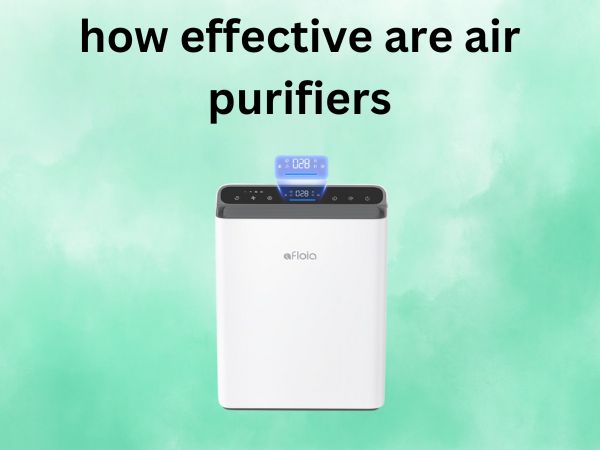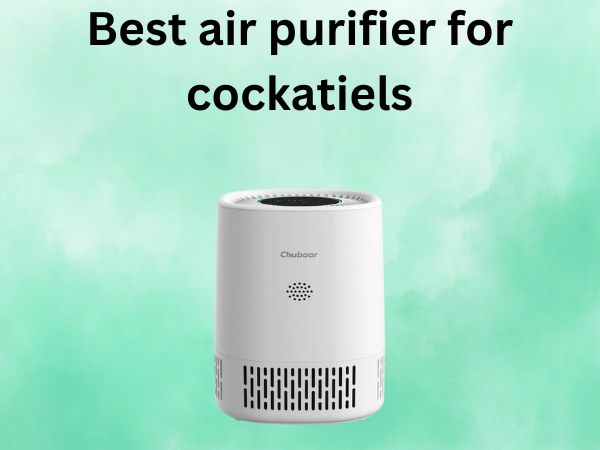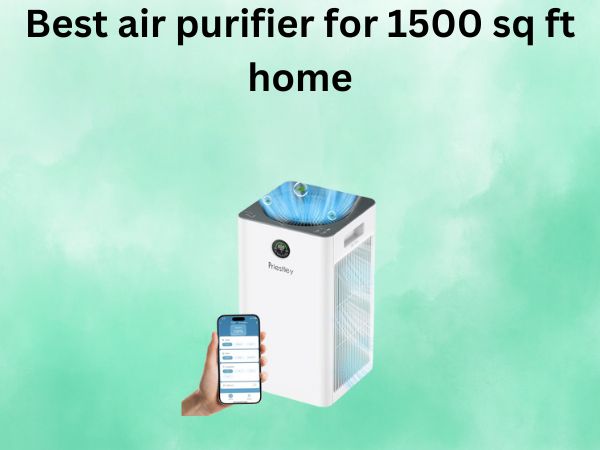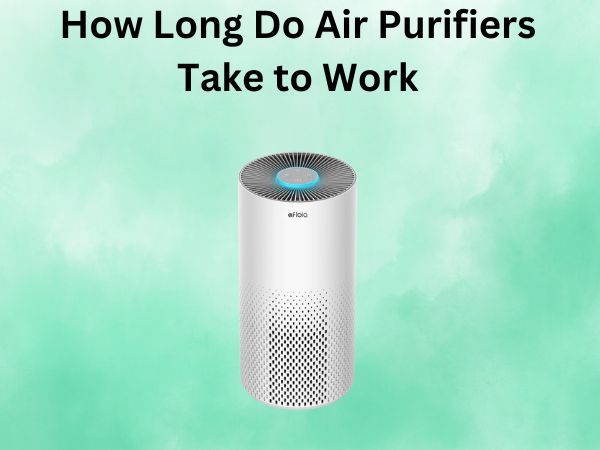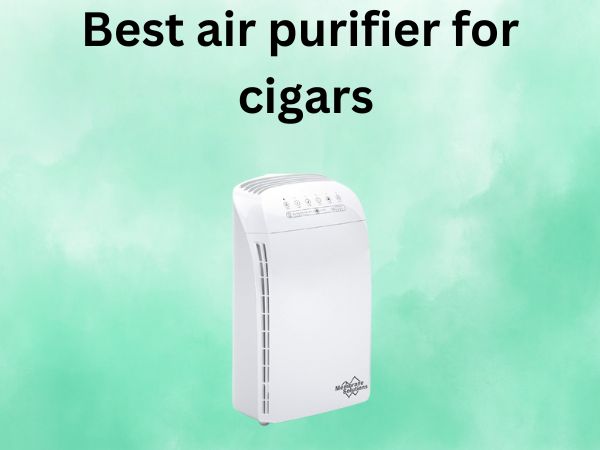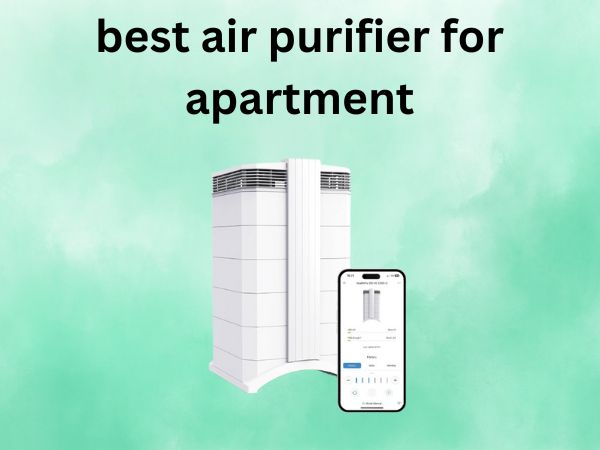How Effective Are Air Purifiers [The Definitive Guide to Cleaner Indoor Air]
Did you know we spend approximately 90% of our time indoors? Yet the air inside our homes can be up to five times more polluted than outdoor air. This surprising fact has many of us reaching for air purifiers as a solution—but do they really work? If you’ve been wondering about the effectiveness of these increasingly popular devices, you’re not alone.
Air purifiers have surged in popularity in recent years, promising everything from allergy relief to protection against airborne viruses. But behind the marketing claims lies a more complex reality about what these devices can and cannot do. Let’s cut through the noise and explore just how effective air purifiers really are at cleaning your indoor air.
Table of Contents
Understanding Air Purifiers and Their Purpose
Before we can evaluate effectiveness, we need to understand what air purifiers are designed to do. At their core, air purifiers have one job: to remove contaminants from the air in a given space. However, the methods they use and the specific pollutants they target can vary widely.
What Exactly Do Air Purifiers Do?
Air purifiers work by drawing in air from your room, passing it through one or more filters that trap contaminants, and then releasing the cleaner air back into your space. This continuous circulation process gradually reduces the concentration of airborne particles in your environment.
Think of an air purifier like a sieve for your air—constantly filtering out unwanted particles while letting clean air flow through. The best purifiers can capture particles as small as 0.1 microns—that’s about 700 times thinner than a human hair!
Common Types of Air Purifiers on the Market
Not all air purifiers are created equal. Here are the main technologies you’ll encounter:
- HEPA (High-Efficiency Particulate Air) purifiers: The gold standard for particle removal, capturing at least 99.97% of particles 0.3 microns in size.
- Activated carbon filters: Specialized in absorbing odors, gases, and chemical emissions rather than particles.
- UV light purifiers: Use ultraviolet light to kill or inactivate microorganisms like bacteria and viruses.
- Ionizers: Release negatively charged ions that attach to particles, making them fall out of the air.
- Photocatalytic oxidation (PCO): Uses UV light and a catalyst to convert harmful pollutants into harmless substances.
Each type has its strengths and limitations. For instance, while HEPA filters excel at trapping particles, they don’t address gases or odors—that’s where activated carbon comes in. The most effective purifiers often combine multiple technologies to address a broader range of pollutants.
The Science Behind Air Purifier Effectiveness
Let’s dive into the evidence. How effective are these devices, according to scientific research and testing?
HEPA Filtration Explained
HEPA technology has been around since the 1940s and remains the most reliable method for particle filtration. True HEPA filters must meet strict Department of Energy standards: removing at least 99.97% of particles that are 0.3 microns in diameter.
Why focus on 0.3 microns specifically? That’s the “most penetrating particle size”—particles this size are hardest to filter out. Larger and smaller particles are actually captured more efficiently due to different physical mechanisms. So when a HEPA filter claims 99.97% efficiency at 0.3 microns, it’s actually even more effective for both larger and smaller particles.
The science is clear: HEPA filtration works. A 2018 study in the Journal of Environmental Science & Technology found that HEPA air purifiers reduced indoor PM2.5 (fine particulate matter) concentrations by 29-55% under real-world conditions. Another study published in Indoor Air demonstrated that HEPA purifiers reduced airborne allergens by up to 70%.
Understanding CADR Ratings
When shopping for air purifiers, you’ll likely encounter CADR (Clean Air Delivery Rate) ratings. This standardized measurement tells you how quickly a purifier can clean the air in a specific room size.
CADR ratings are expressed in cubic feet per minute (CFM) and are typically given for three common pollutants:
- Dust (larger particles)
- Pollen (medium-sized particles)
- Smoke (smaller particles)
Higher numbers indicate faster cleaning. For example, a purifier with a smoke CADR of 200 can deliver 200 cubic feet of smoke-free air per minute.
How to Interpret CADR Numbers for Your Space
To determine if a purifier is adequate for your room, a general rule of thumb is that the CADR should be at least two-thirds of your room’s square footage. For a 300 square foot room, look for a CADR of at least 200.
But CADR has limitations. It measures performance over just 20 minutes in a controlled environment—not real-world conditions over time. It also doesn’t account for gases or VOCs (volatile organic compounds), which require different filtration methods than particles.
Real-World Effectiveness Against Common Air Pollutants
How do air purifiers perform against specific contaminants that might concern you? Let’s break it down.
Effectiveness Against Dust and Allergens
Good news for allergy sufferers: HEPA air purifiers excel at capturing the common triggers that make you sneeze and sniffle. Dust mites, pollen, mold spores, and other allergens are generally large enough (2-10 microns) to be trapped efficiently by quality filters.
Research backs this up. A 2018 study published in the American Journal of Respiratory and Critical Care Medicine found that using HEPA air purifiers reduced allergen concentrations in bedrooms by 50%, resulting in decreased asthma symptoms in children.
If allergies are your main concern, a HEPA purifier placed in bedrooms and main living areas can make a noticeable difference—though it won’t eliminate allergens that have already settled on surfaces.
Tackling Pet Dander and Odors
Pet owners, take note: Air purifiers can be particularly valuable in homes with furry friends. Pet dander particles range from 5-10 microns, well within the capture range of HEPA filters.
For pet odors, however, you’ll need activated carbon filtration. These specialized filters contain extremely porous carbon with tremendous surface area that can adsorb (bind to) odor molecules and gases. A good carbon filter can reduce pet smells significantly, though it won’t eliminate them entirely if the source (like a litter box) remains.
“My HEPA purifier with carbon filter changed my life as someone with both pet allergies and a beloved cat,” reports one user. “I can finally have both clear sinuses and feline companionship.”
Combating Smoke and VOCs
When it comes to smoke—whether from wildfires, cooking, or tobacco—air purifiers show mixed effectiveness.
HEPA filters can capture the particulate component of smoke (the visible particles), but the gaseous components require activated carbon or other specialized filtration. Even then, no consumer air purifier will completely eliminate smoke from a currently active source like cigarettes or cooking.
For VOCs—invisible gases emitted from products like paints, cleaning supplies, and new furniture—you need thick activated carbon filters, ideally enhanced with additional technologies like molecular conversion.
Wildfire Smoke Considerations
With wildfire seasons intensifying in many regions, purifier effectiveness against smoke has become a critical concern. Research from the EPA shows that properly sized HEPA purifiers can reduce indoor particle concentrations from wildfire smoke by 60-90% under controlled conditions.
However, real-world effectiveness depends on factors like:
- How well-sealed your home is
- The intensity of outdoor smoke
- Whether you’re using the correct size purifier
- Maintenance of the filters
During severe smoke events, purifiers should be part of a broader strategy that includes keeping windows closed and limiting outdoor air infiltration.
Air Purifiers and Health Benefits: What the Research Shows
Beyond removing contaminants, do air purifiers actually improve health outcomes? The evidence is encouraging but nuanced.
Allergy and Asthma Relief Potential
Multiple clinical studies suggest real benefits for respiratory health. A 2018 meta-analysis published in Allergy examined data from 10 studies involving more than 3,000 participants and found that air purifier use was associated with significant improvements in nasal symptoms among allergy sufferers.
For asthma specifically, a randomized controlled trial published in JAMA showed that using HEPA air purifiers reduced asthma symptoms and medication use in children with asthma living in homes with smokers.
However, results vary between individuals. Purifiers tend to show the most significant benefits for people with respiratory conditions who live in environments with identifiable airborne triggers.
Impact on Sleep Quality and Overall Wellbeing
Emerging research suggests benefits beyond respiratory health. A 2020 double-blind study found that participants reported better sleep quality and cognitive performance when sleeping with an active air purifier versus a placebo device.
While the evidence for general wellbeing benefits is still developing, many users report subjective improvements in sleep, energy levels, and cognitive clarity after introducing purifiers to their homes. These effects may be particularly noticeable for those sensitive to airborne pollutants.
Limitations of Air Purifiers You Should Know
Despite their benefits, air purifiers aren’t miracle devices. Understanding their limitations is crucial to setting realistic expectations.
What Air Purifiers Can’t Do
Air purifiers cannot:
- Clean surfaces: Purifiers only address airborne contaminants. They don’t remove dust, allergens, or germs that have already settled on furniture, carpets, and other surfaces.
- Eliminate all pollutants: No consumer purifier removes 100% of airborne contaminants. Even the best devices have efficiency limits and can be overwhelmed by heavy pollution sources.
- Replace ventilation: Purifiers recirculate existing air; they don’t introduce fresh air. Proper ventilation remains essential for healthy indoor environments.
- Work through walls: Each purifier has a limited range. Multiple rooms require multiple purifiers or a whole-house system.
- Function indefinitely without maintenance: All filters eventually become saturated or degraded, reducing effectiveness.
The Importance of Proper Maintenance
Even the highest-quality air purifier will become ineffective—or worse, a source of pollution itself—without proper maintenance.
Dirty HEPA filters become less efficient at capturing particles and can even begin to release captured contaminants back into the air. Saturated carbon filters stop absorbing odors and gases. And some older ionizer-type purifiers can actually increase certain pollutants when not properly maintained.
Most manufacturers recommend replacing HEPA filters every 6-12 months, with more frequent changes in heavily polluted environments. Carbon filters typically need replacement every 3-6 months. These timelines vary by model and usage, so always follow manufacturer guidelines.
Maximizing Your Air Purifier’s Effectiveness
To get the most from your investment, strategic use and placement are essential.
Ideal Placement in Your Home
For optimal performance:
- Place purifiers in rooms where you spend the most time (bedrooms, living rooms)
- Position them at least 6-12 inches from walls and furniture to ensure unobstructed airflow
- Keep doors and windows closed when running the purifier
- Avoid placing near dust-producing items like printers
- For bedrooms, position the purifier about 6 feet from the head of your bed
Remember that air purifiers work best in contained spaces—an open floor plan might require a larger unit or multiple devices.
Maintenance Schedule for Optimal Performance
Create a maintenance routine that includes:
- Checking pre-filters monthly and cleaning as needed
- Setting calendar reminders for filter replacements
- Wiping down external surfaces and air intake/output grills
- Running your purifier on higher speeds initially, then maintaining with lower speeds
- Operating continuously rather than intermittently for consistent air quality
Some premium models include filter replacement indicators or air quality monitors that can guide your maintenance schedule.
Frequently Asked Questions About Air Purifiers
1. How long should I run my air purifier each day for maximum effectiveness?
For optimal results, run your air purifier continuously. Unlike some household appliances, air purifiers are designed for 24/7 operation. Running it all day maintains consistent air quality, while intermittent use allows pollutants to accumulate during off periods. Most modern purifiers have energy-efficient settings that minimize electricity consumption during continuous operation.
2. Can air purifiers protect against viruses and bacteria?
Air purifiers with true HEPA filters can capture many airborne microorganisms, including some viruses and bacteria. However, effectiveness varies by pathogen size and the specific filtration technology. Some advanced purifiers incorporate additional technologies like UV-C light or photocatalytic oxidation specifically designed to inactivate microorganisms. While helpful, air purifiers should be considered one layer of protection rather than a complete solution for preventing illness.
3. Will an air purifier reduce dust in my home?
Yes, air purifiers effectively reduce airborne dust particles, which can lead to less dust settling on surfaces over time. However, they don’t remove dust that has already settled on furniture, floors, and other surfaces. For comprehensive dust control, combine an air purifier with regular cleaning practices like dusting with microfiber cloths and vacuuming with a HEPA-filtered vacuum cleaner.
4. How do I know if my air purifier is the right size for my room?
To determine proper sizing, check the purifier’s CADR (Clean Air Delivery Rate) or recommended room size coverage. As a rule of thumb, the purifier’s CADR should be at least two-thirds of your room’s square footage. For example, a 300 square foot room ideally needs a purifier with a CADR of at least 200. Undersized purifiers won’t effectively clean the air in larger spaces, while oversized units provide faster air cleaning but may be louder and more expensive to operate.
5. Do air purifiers help with outdoor pollution that comes inside?
Yes, air purifiers can significantly reduce outdoor pollutants that infiltrate your home, including traffic emissions, industrial pollution, pollen, and wildfire smoke. During periods of poor outdoor air quality, maximize your purifier’s effectiveness by keeping windows and doors closed, running the purifier on higher settings, and ensuring filters are clean. Some advanced purifiers with air quality sensors will automatically increase speed when detecting elevated pollution levels.
Conclusion: Are Air Purifiers Worth the Investment?
So, how effective are air purifiers? The evidence clearly shows they can significantly reduce airborne contaminants when properly selected, placed, and maintained. However, their real-world impact varies based on the specific pollutants in your environment, the technology used, and how well the purifier is matched to your space.
For those with allergies, asthma, or sensitivity to airborne irritants, a quality air purifier can make a noticeable difference in symptoms and quality of life. For general health-conscious consumers, purifiers provide an additional layer of protection against indoor air pollution, which continues to be recognized as a significant health concern.
The most effective approach is to view air purifiers as one component of a comprehensive indoor air quality strategy—complementing, not replacing, good ventilation, regular cleaning, source control of pollutants, and humidity management.
If you decide to invest in an air purifier, focus on models with true HEPA filtration, appropriate CADR ratings for your space, and activated carbon if odors or gases are concerns. Quality matters—budget models with inadequate filtration or room coverage may not deliver meaningful results.
The bottom line? Air purifiers aren’t perfect, but the best ones do deliver on their core promise: reducing airborne contaminants and helping you breathe cleaner air in your home.

